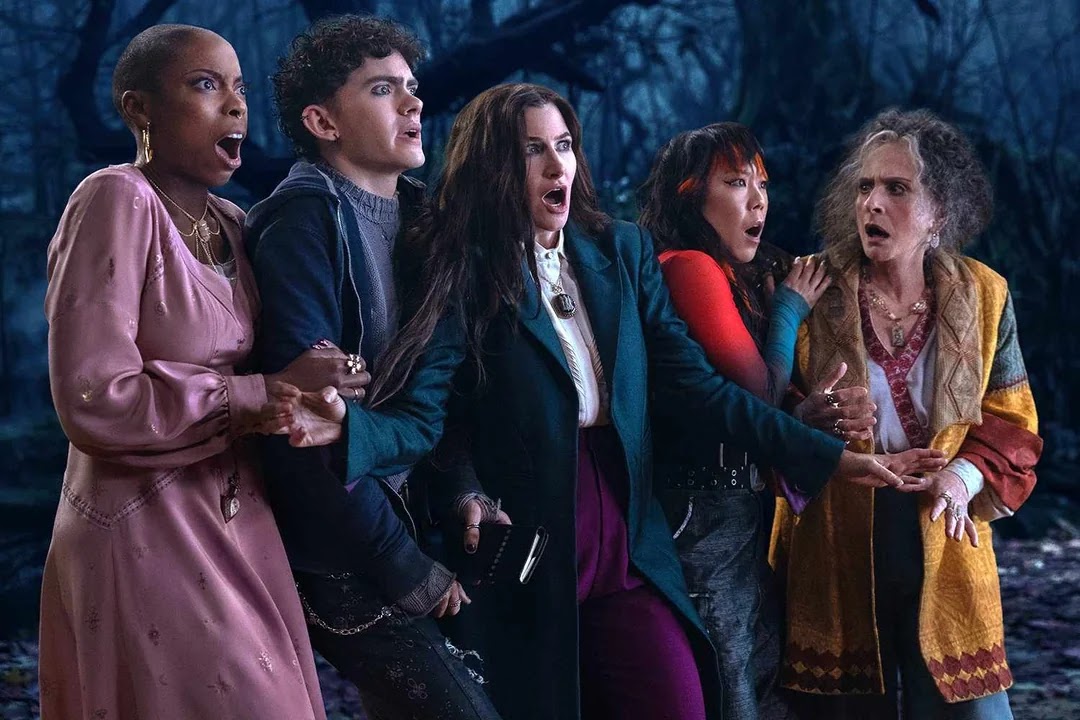What features does the human body have?
What features does the human body have?
Human Anatomy – The cell is the basic structural and metabolic unit of the organism. Together, similar cells make up the tissue. Organs and tissues work together to produce the organ system. In the human body, there are various organ systems.
Human Body:
- I have 206 bones.
- 639 muscles total.
- There are two kidneys.
- Twenty milk teeth total
- There are 24 ribs (12 pair)
- 4th cardiac chamber
- Aorta, the largest artery
- Blood pressure should be 120/80 mm Hg.
- pH of blood: 7.4
- 33 vertebrae make up the spinal column.
- Seven cervical vertebrae make up the neck.
- Six bones make up the middle ear.
- There are 14 bones in the face.
- There are 22 bones in the skull.
- 25 chest bones are present.
- There are six bones in the arms.
- 72 muscles make up a human arm.
- Two cardiac pumps are present.
- Skin, the largest organ
- Liver, the largest gland
- Female ovum, largest cell
- Sperm, the smallest cell.
- Stapes, the middle ear’s smallest bone
- Kidney was the first organ transplanted
- 33 bones make up the human foot.
- Eight bones make up each wrist.
- There are 27 bones in the hand.
- thyroid, the largest endocrine gland
- Spleen, the largest lymphatic organ
- Femur, the largest and toughest bone
- Stapedius, the smallest muscle (middle ear)
- Number of chromosomes: 46 (23 pair)
- 306 bones from newborn infants.
- Blood viscosity: 4.5 to 5.5 Average small intestine length: 7 m Average large intestine length: 1.5 m Average
- newborn baby weight: 3 kg
- Pulse rate: 72 times per minute
- The average body temperature is 37 C (98.4 F).
- 4 to 5 LITERS OF BLOOD ON AVERAGE OVER A LIFE TIME 120 days for red blood cells
- LIFETIME 10 to 15 days for white blood cells
- Duration of pregnancy: 280 days (40 weeks)
- Blood type for all donors: O
- Blood type for all recipients: AB
- Monocyte, a large white blood cell
- Lymphocyte, the smallest white blood cell.
- The term for the elevated red blood cell count is: Polycythemia
- The body’s blood bank is: Spleen
- River of Life is referred to as: Blood
- 100 mg/dl of cholesterol is considered to be normal.
- Blood plasma is the fluid component.
More about Human Body Parts:
- Arterioles are the veins in the human body that carry only pure blood. Veins are those through which contaminated blood flows.
- Blood travels through arteries at a speed of 7 miles per hour.
- Blood makes up about 6–8% of the human body.
- The body temperature is 98.4 degrees Fahrenheit.
- A deficiency of red blood cells in the blood results in anemia.
- In the human body, blood’s function is to deliver oxygen to the cells.
- The liver is the biggest organ in the human body.
- The human body has more than 750 muscles.
The human body is like a precisely engineered machine that enables you to have pleasure in this adventure we call life. Look after it. Avoid endangering it with wrongdoing and excess.









.jpeg)
